Introduction
Pervasive Developmental Disorder Not Otherwise Specified (PDD-NOS) is a subset of Autism Spectrum Disorder (ASD) that presents unique challenges for individuals and their families. While not meeting the criteria for traditional autism or Asperger's Syndrome, those with PDD-NOS experience mild to moderate difficulties in social interaction, communication, and behavior. In this article, we explore the diverse spectrum of abilities and needs among individuals with PDD-NOS through the inspirational story of Jordan, a 54-year-old man with a developmental disability.
We delve into the importance of tailored support and interventions, such as the National Disability Insurance Scheme in Australia, educational inclusion, and early intervention programs. Additionally, we explore the evolving diagnostic landscape, recognizing the behavior profile of Pathological Demand Avoidance (PDA) within the ASD framework and the emergence of the neurodiversity movement. We discuss the complex characteristics and symptoms of PDD-NOS, the diagnosis and evaluation process, and the significance of early intervention and individualized treatment plans.
We also delve into the educational support and special needs of children with PDD-NOS, emphasizing the importance of individualized education programs (IEPs) and inclusive learning environments. Furthermore, we highlight the challenges faced by families navigating healthcare and support services and the ongoing research efforts aimed at enhancing our understanding of ASD and improving the lives of individuals with PDD-NOS. Join us on this empowering journey as we provide guidance and resources to Parent Advocates navigating the challenges of PDD-NOS and ensuring the well-being of their children.
What is PDD-NOS?
Pervasive Developmental Disorder Not Otherwise Specified (PDD-NOS) represents a subset of Autism Spectrum Disorder (ASD), where individuals showcase certain autistic traits but don't fully meet the criteria for traditional autism or Asperger's Syndrome. This condition often results in mild to moderate difficulties in social interaction, communication, and behavior. Despite these challenges, every individual with PDD-NOS has a unique experience and capacity for growth and development.
Individuals like Jordan, a 54-year-old man with a developmental disability, illustrate the diverse spectrum of abilities and needs among those with PDD-NOS. Jordan's life story is one of resilience and enduring support, highlighting the importance of understanding and acknowledging the personal journeys of those with developmental disorders. His interests and activities, including yoga and watching hockey, reflect his outgoing and nurturing personality, despite not being very talkative.
These personal stories emphasize the significance of tailored support and interventions to enhance the well-being of individuals with PDD-NOS. The National Disability Insurance Scheme (NDIS) in Australia exemplifies a system designed to provide such personalized support, ensuring that each person receives the necessary resources to thrive. Educational inclusion and early intervention programs further contribute to the development of communication, social skills, and adaptive abilities.
Moreover, the recent news underscores the role of healthcare professionals in supporting patient advocacy groups, reinforcing the need for greater online engagement to share insights and amplify messages that can assist individuals like Jordan and their families. The interconnectedness of healthcare providers, advocacy groups, and the broader community is vital to fostering a more informed and supportive environment for all.
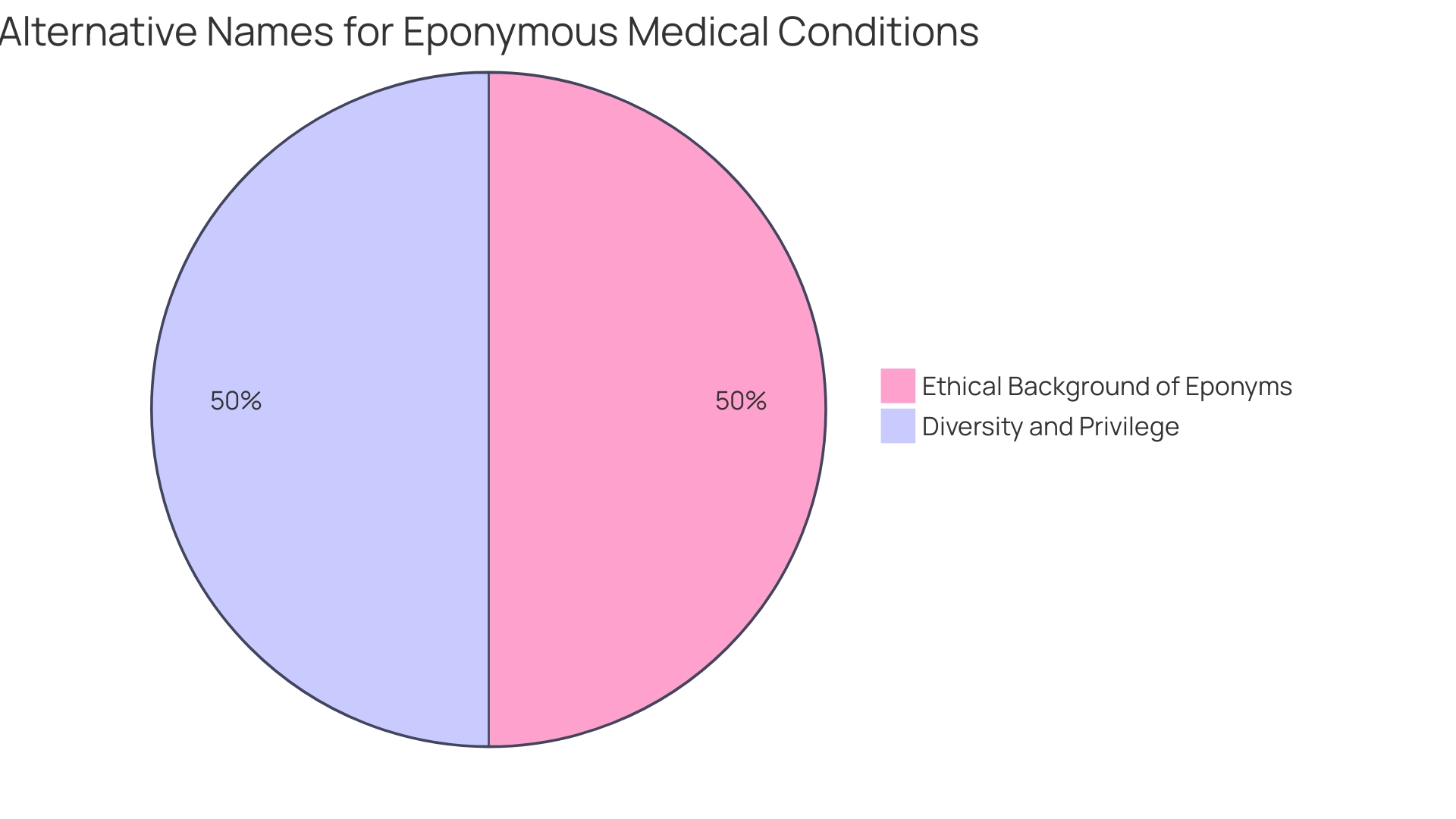
Historical Context and Diagnostic Changes
Pathological Demand Avoidance (PDA), a behavior profile within the Autism Spectrum Disorder (ASD), encapsulates a unique set of challenges due to its hallmark trait of extreme avoidance of daily demands and expectations. Unlike other forms of ASD, individuals with PDA are not simply being strong-willed; their behavior stems from an intense anxiety that compels them to manage their environment and interactions meticulously to evade perceived demands, which can range from mundane tasks to educational activities.
With the introduction of the DSM-5, the landscape of ASD diagnosis transformed, subsuming previously separate diagnoses such as PDA under a unified category. This evolution in classification emphasizes the spectrum's breadth and the diverse manifestations of ASD, reinforcing the need for nuanced understanding of each individual's experience.
The ICD-11 further broadens these definitions, listing numerous potential characteristics of ASD without mandating their observable presence for diagnosis. This approach has sparked debate regarding its clinical utility, as it introduces subjectivity into the diagnosis process and potentially blurs the lines between ASD and other mental disorders or autism-like traits.
Reflecting the complexity of autism, the concept of neurodiversity has emerged, championing the differences in cognitive functioning and recognizing neurodivergent individuals, including those with ASD, ADHD, dyslexia, and dyspraxia. This movement is reshaping perspectives across various fields, from science to social sciences to medicine, by acknowledging the unique identities and lived experiences of neurodivergent people.
Amidst this evolving diagnostic framework, it is crucial to understand the distinct challenges posed by specific behavior profiles like PDA within the autism spectrum. These insights are essential for educators, parents, and professionals to provide tailored support and foster an environment where individuals with ASD can thrive.
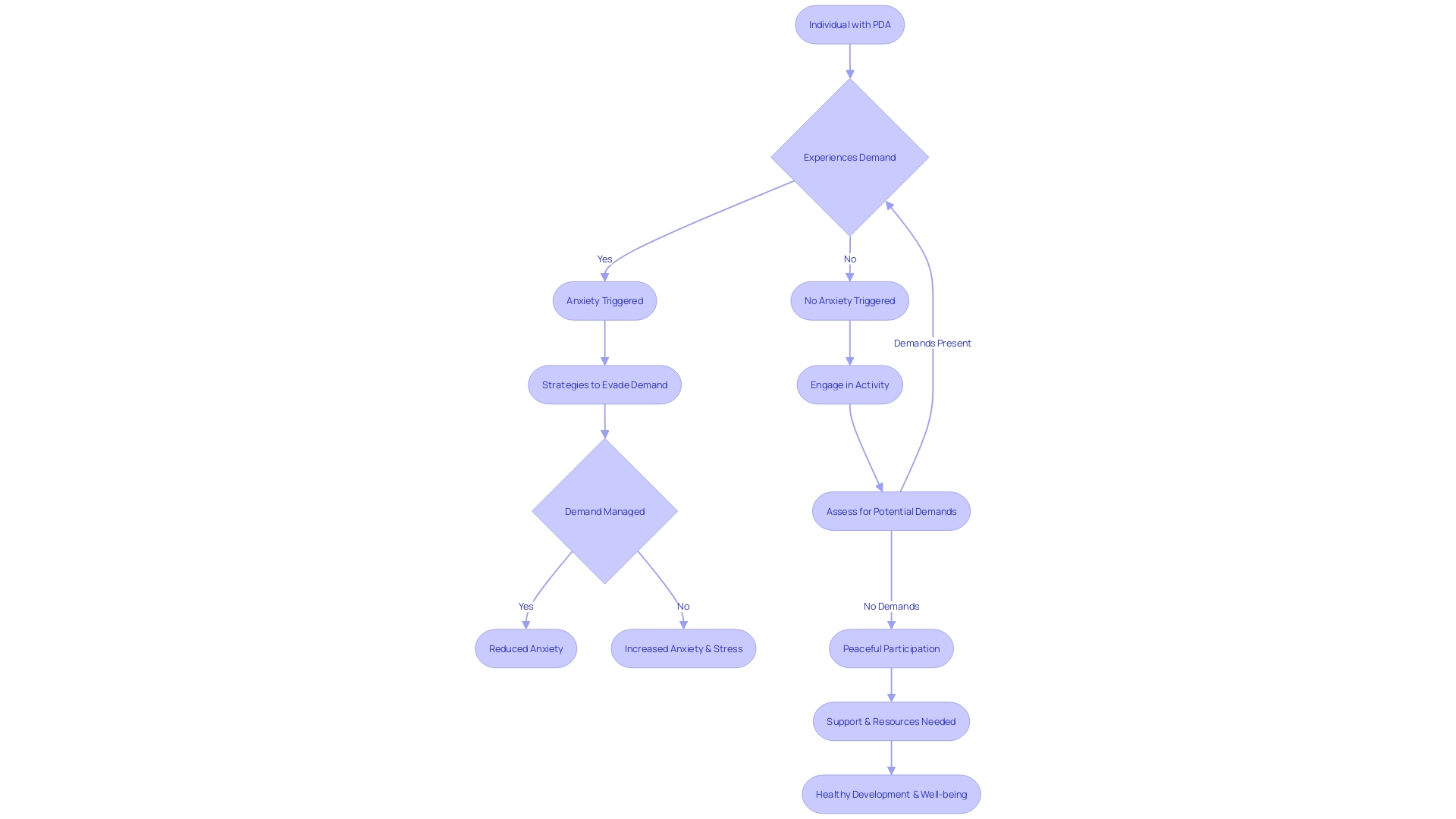
Characteristics and Symptoms of PDD-NOS
The behavioral and communicative characteristics of children with PDD-NOS are as complex as they are varied. These children often struggle with social interactions, finding it challenging to interpret and respond to the subtle cues that form the basis of communication, such as facial expressions and body language. Making and maintaining eye contact is an obstacle, and the art of friendship can be an elusive concept for them.
Language development might lag, and they might use speech in atypical ways, like repeating phrases or fixating on certain topics. Their behaviors may be marked by a pattern of repetition, an insistence on sameness that resists change, and a deep, focused interest in a narrow range of subjects.
These symptoms don't exist in isolation; they can be part of a wider matrix of neurodevelopmental disorders. For example, ADHD is another such condition, marked by inattention, hyperactivity, and impulsivity, with a significant prevalence rate of around 5% globally. It's critical to understand that while these conditions can co-occur, each child's experience is unique and requires a tailored approach.
Healthcare professionals recognize the importance of supporting children with these challenges. Recent studies have highlighted an increased conversation among online healthcare professionals, advocating for greater collaboration with patient advocacy groups. Such partnerships are crucial as they contribute to raising awareness and enhancing support networks for affected individuals and their families.
Amidst the COVID-19 pandemic, the implications for children's health and wellness have been profound, especially for those from minority and low-income families. With over 265,000 children having lost a caregiver, the need for understanding and supporting the mental health of our youth has never been more urgent. As we navigate these difficult times, it's imperative that we commit to fostering an environment of support and recognition for children with developmental challenges, ensuring they receive the care and attention they need to thrive.
Recognizing PDD-NOS in Children
Recognizing the signs of Pervasive Developmental Disorder-Not Otherwise Specified (PDD-NOS) in children can sometimes be a complex task due to its variable symptoms, which may also intersect with other neurodevelopmental conditions. It is essential for parents and educators to be observant and proactive if there are any signs of developmental delays or atypical behavior in children. The diagnostic process for such disorders underscores the importance of early intervention.
According to the DSM-5 and ICD-11, accurate identification leads to a better understanding of the child's needs, thereby allowing access to specialized interventions and supportive services that can significantly improve outcomes. As per recent studies, collaborative efforts between healthcare professionals and families are crucial, and the use of clear, direct communication during diagnosis and treatment discussions is recommended. This ensures that the child receives the best possible care tailored to their unique developmental trajectory.
Diagnosis and Evaluation Process
When it comes to diagnosing Pervasive Developmental Disorder-Not Otherwise Specified (PDD-NOS), it's essential to understand that this is a nuanced process that requires a multidisciplinary approach. A team of specialists, including psychologists, speech-language pathologists, and occupational therapists, collaborate to conduct a thorough evaluation. This evaluation is multifaceted, involving a detailed review of the child's developmental history to identify early signs and a careful observation of the child's behavior in different settings.
Standardized assessments play a critical role in this process. They help the team to objectively measure the child's abilities in various domains, such as communication skills, social interaction, and adaptive behavior. These assessments provide valuable insights into the child's strengths as well as their challenges.
The ultimate aim of this comprehensive evaluation is to gather enough information to discern if the child's developmental patterns align with the criteria for PDD-NOS. This diagnosis is not just about identifying a label; it's about understanding the child's unique profile to inform a tailored support plan that addresses their specific needs.
The process is akin to solving a complex puzzle where each piece of information contributes to the larger picture of the child's neurodevelopmental status. It's an intricate and sensitive task that these professionals undertake with the utmost care and consideration, ensuring that every child receives the accurate diagnosis and support they need to thrive.
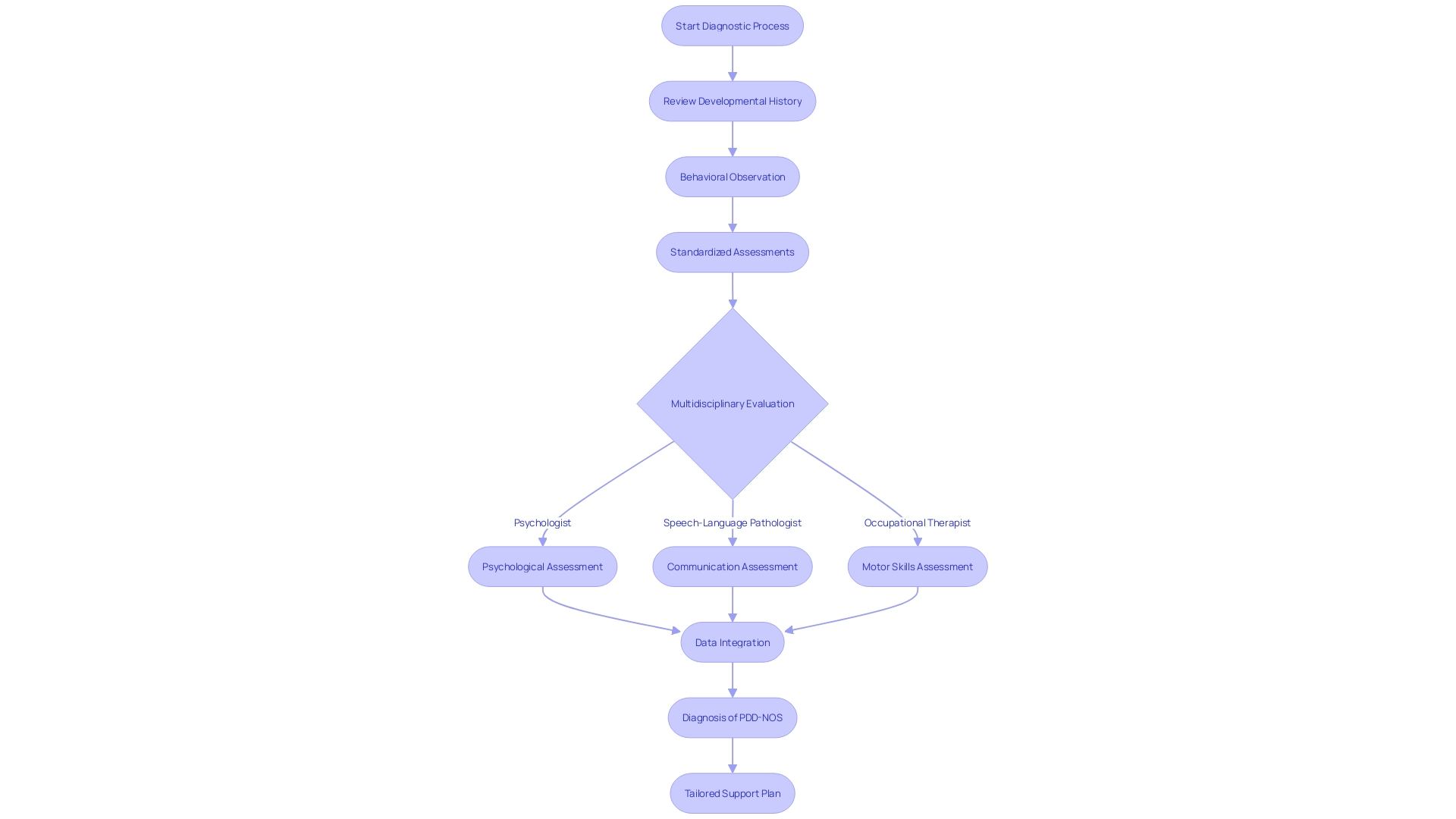
Treatment and Intervention Strategies
Individualized therapy tailored to each child's strengths and requirements is essential when addressing Pervasive Developmental Disorder-Not Otherwise Specified (PDD-NOS). A multidisciplinary approach often includes Applied Behavior Analysis (ABA), which has proven beneficial in improving communication, social skills, and adaptive behaviors. ABA therapy, supported by a decade of clinical knowledge and advanced by technology solutions for coordinated care, is a cornerstone of treatment.
Speech and language therapy is also critical, as it addresses the unique communication challenges faced by these children. Occupational therapy can play a pivotal role by enhancing daily living skills, and social skills training is integral for helping children navigate their social world. Recent advancements in the field, such as the new ICD-11 classification, highlight the importance of evolving practices to better serve the needs of children with PDD-NOS.
Furthermore, the emphasis on inclusion and the provision of resources for children with disabilities, as stated by the Individuals with Disabilities Education Act (IDEA), underscores the commitment to supporting these children in every aspect of their growth and education. As research continues to advance, the integration of new methods and longitudinal studies is key to developing even more effective interventions that can be translated into practice, ensuring that every child has the opportunity to thrive.
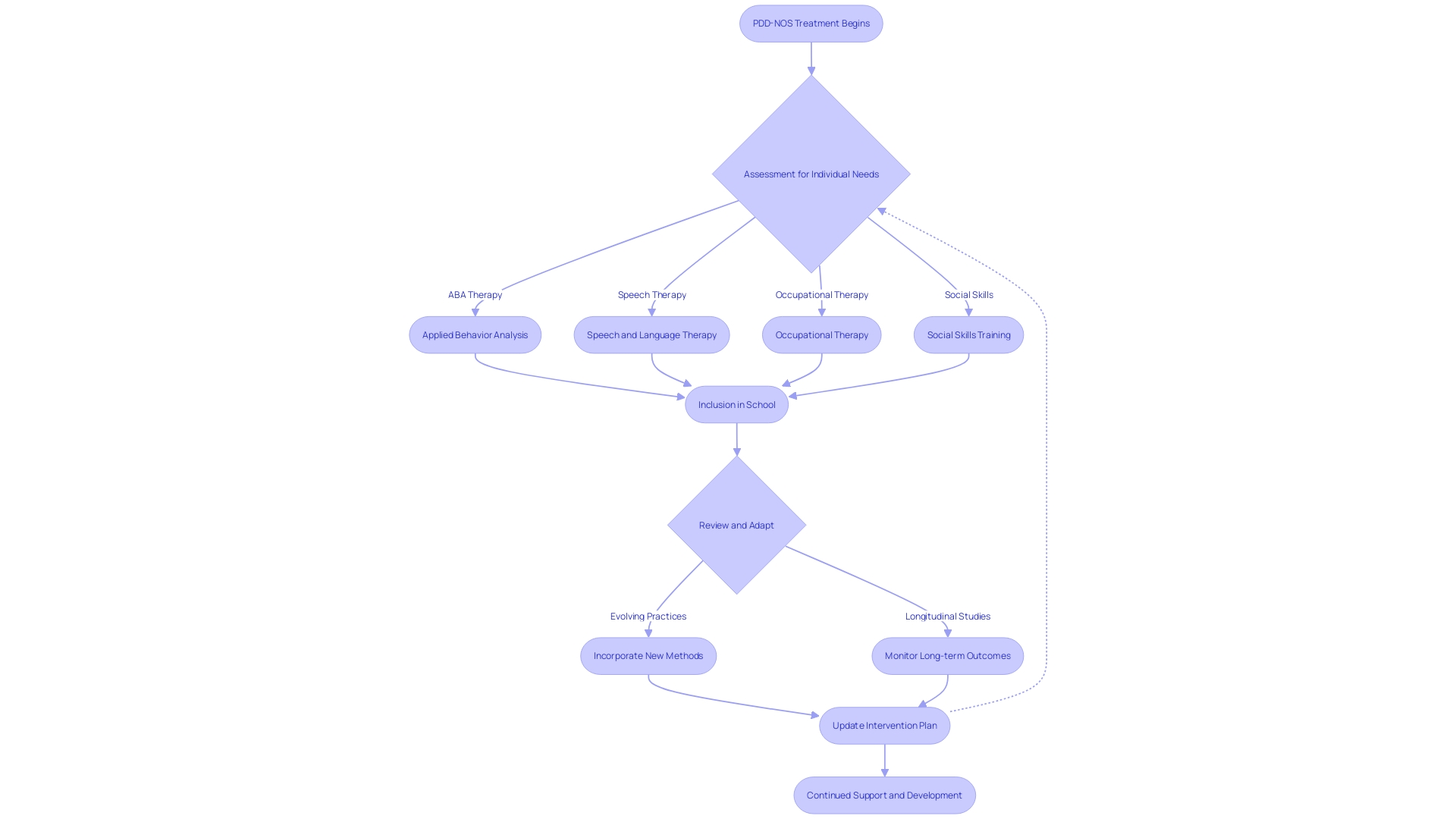
Importance of Early Intervention and Individualized Plans
The significance of early intervention for children with developmental disorders cannot be overstated. Tailoring treatment to each individual child's needs is paramount, as underscored by the experience at Children's National Hospital, where a young patient with an abnormal gait baffled experts for years. It was the meticulous review of genetic data and the pursuit of specialized testing that finally led to answers and a treatment path.
This approach is reinforced by the Ontario Brain Institute's Integrated Discovery Programs, which emphasize research excellence and the integration of patient and family perspectives. Additionally, the U.S. government's initiatives to increase inclusivity in early education for children with disabilities align with the need for personalized and comprehensive support from the earliest ages. These efforts are further complemented by the TALK initiative, which aims to create longitudinal data sets and novel research approaches to improve interventions for late talking children.
Together, these cases and initiatives illustrate the critical role of individualized and evidence-based strategies in enhancing the lives of children with developmental challenges.
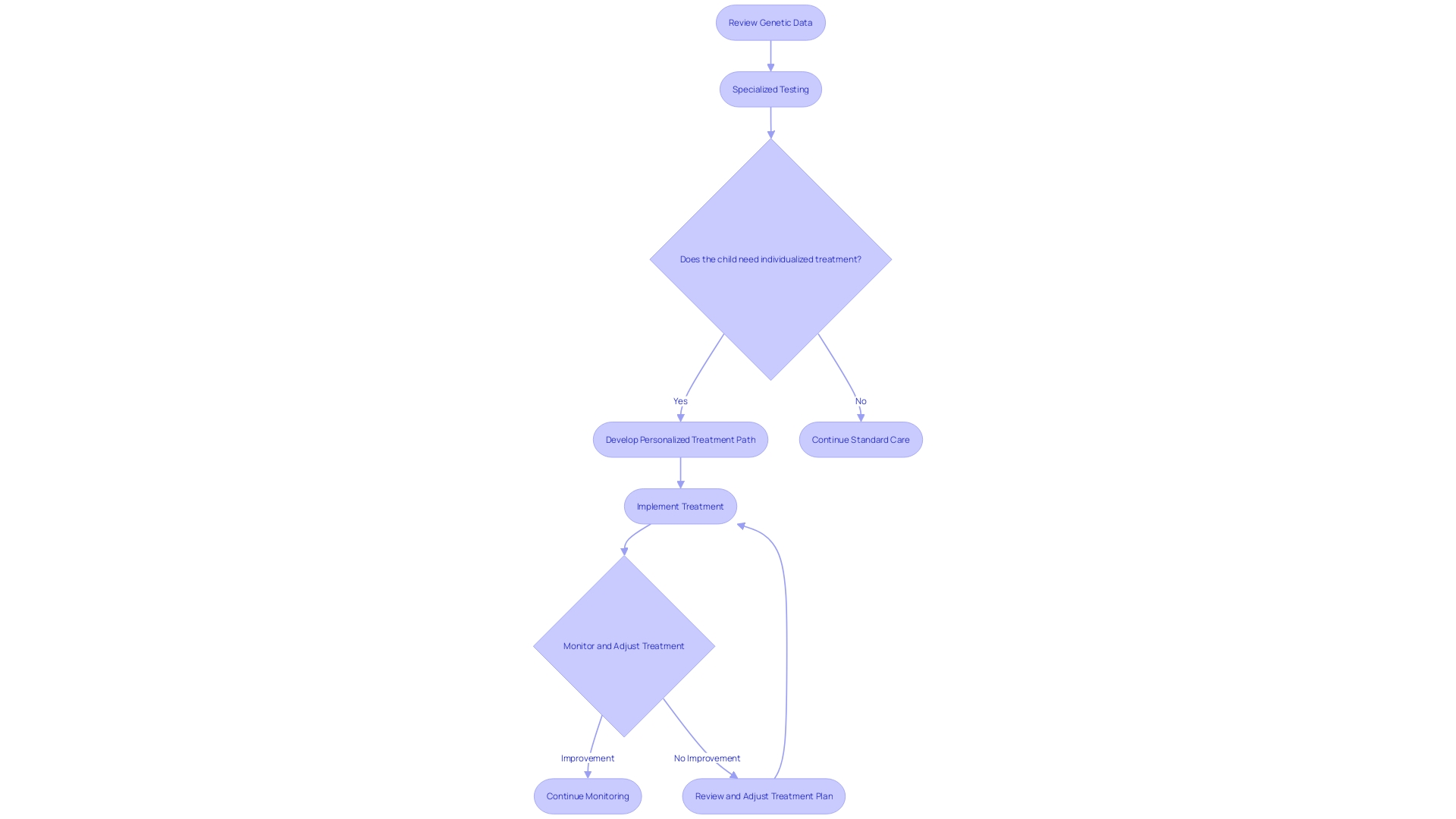
Educational Support and Special Needs
To support children with PDD-NOS effectively, it's essential to recognize the importance of individualized educational strategies. Individualized Education Programs (IEPs) are not only a legal right but an invaluable tool to cater to each child's unique needs. These personalized plans can offer accommodations and supports such as assistive technology, modified curriculum, or specialized instruction, ensuring that every child has the opportunity to reach their full academic potential.
In the spirit of inclusion, it's critical to foster a collaborative environment where educators, parents, and specialized staff come together to share insights and strategies. For example, utilizing resources like the AV1 robot in classrooms as a companion for children unable to attend school due to illness, can make a significant difference in their educational journey. Even when not used, the availability of such technology can offer children a sense of security and support.
Furthermore, initiatives like Nessy, a program designed to assist children with dyslexia, highlight the effectiveness of using evidence-based methods tailored to the child's learning requirements. Nessy's approach, grounded in personal experiences and educational research, demonstrates how specialized programs can significantly enhance reading skills.
Moreover, embracing innovative methods such as dramatic inquiry, where children engage in creative role-play, can be remarkably beneficial. This technique was exemplified in a case where a child with autism, initially disengaged, became actively involved in a project to honor 'The Selfish Giant.' Such experiences underscore the potential of inclusive, hands-on learning activities to draw out the strengths of all students, including those with PDD-NOS.
The goal is clear: to steadfastly continue the push for inclusive education, underpinned by the latest scientific research and strong legal frameworks like the IDEA. By sharing resources and expertise across state lines and educational settings, we can ensure that children with disabilities are not only included but also celebrated for their unique contributions to our schools and society. This commitment to inclusion is further evidenced by Emirates and Dubai International Airport's program to provide neurodivergent passengers with rehearsal flying experiences, preparing them for real-life travel scenarios and demonstrating the broader implications of inclusion beyond the classroom.
Challenges and Considerations for Families
Navigating the complex landscape of healthcare and support services is a common hurdle for families managing PDD-NOS and other developmental challenges. The story of Vivian Vasquez, who transitioned into a full-time caregiver for her daughter Claire, embodies the resilience and dedication required in these journeys. Born apparently healthy, Claire's subsequent medical conditions thrust her family into a relentless struggle against insurance denials and financial strain, illustrating the vital need for accessible healthcare and support systems.
Meanwhile, the National Disability Insurance Scheme's (NDIS) push towards supporting children in familiar environments like home and school, as highlighted by Bruce Bonyhady, reflects a growing understanding of family-centered care. Yet, the experiences shared by families and the ongoing review of such support frameworks reveal the gaps and the pressing demand for services that seamlessly integrate into the daily lives of those affected by developmental disabilities. These narratives underscore the importance of community resources, professional guidance, and peer support groups in alleviating the challenges families face while ensuring that every individual, like the socially-engaged Jordan who finds joy in sports and television, receives the care and support they deserve.
Future Directions and Research
Ongoing research in the field of Autism Spectrum Disorder (ASD), including Pervasive Developmental Disorder-Not Otherwise Specified (PDD-NOS), is pivotal in enhancing our comprehension of the condition. The scientific community, including leading investigators like Dr. Lingyan Xing and Dr. Gang Chen from Nantong University, is probing into the neurobiological underpinnings of autism, particularly the influence of neurotransmitters like dopamine in neural circuit formation during development.
These efforts are shedding new light on the potential link between prenatal exposure to dopamine-related drugs and the risk of autism in children, thereby revealing novel therapeutic avenues.
Meanwhile, studies continue to unravel the complexities of the brain's neural networks. Researchers like Professor Kenkichi Takase from Chuo University and Professor Eiichi Nojiri from Osaka University are building upon foundational theories, like those of Donald Olding Hebb, to understand the mental functionalities disrupted in ASD. Their work seeks to elucidate the intricate patterns of neural change associated with learning, memory, and attention, which are often altered in individuals with autism.
In addition to understanding the neurodevelopmental aspects, researchers are also making strides in genetic research, as seen in studies involving conditions like Timothy syndrome, which is linked to autism and other severe symptoms. The discovery that the CACNA1C gene's abnormal splicing leads to overactive calcium channels has paved the way for the development of targeted therapies such as antisense oligonucleotides (ASOs).
The ethical dimensions of autism research are also receiving attention, as highlighted by studies on the transplantation of human brain organoids into animals, which raise important considerations regarding cognitive enhancement and the broader implications of cross-species neurodevelopmental studies.
As the body of knowledge grows, so too does the responsibility to ensure ethical standards and patient privacy, as mandated by the National Institutes of Health and outlined in the Danish Data Protection Agency's regulations for register-based studies. The ultimate goal of these multifaceted research efforts is to refine diagnostic tools, innovate treatment strategies, and expand support services, all of which are integral to improving the lives of individuals with ASD and their loved ones.
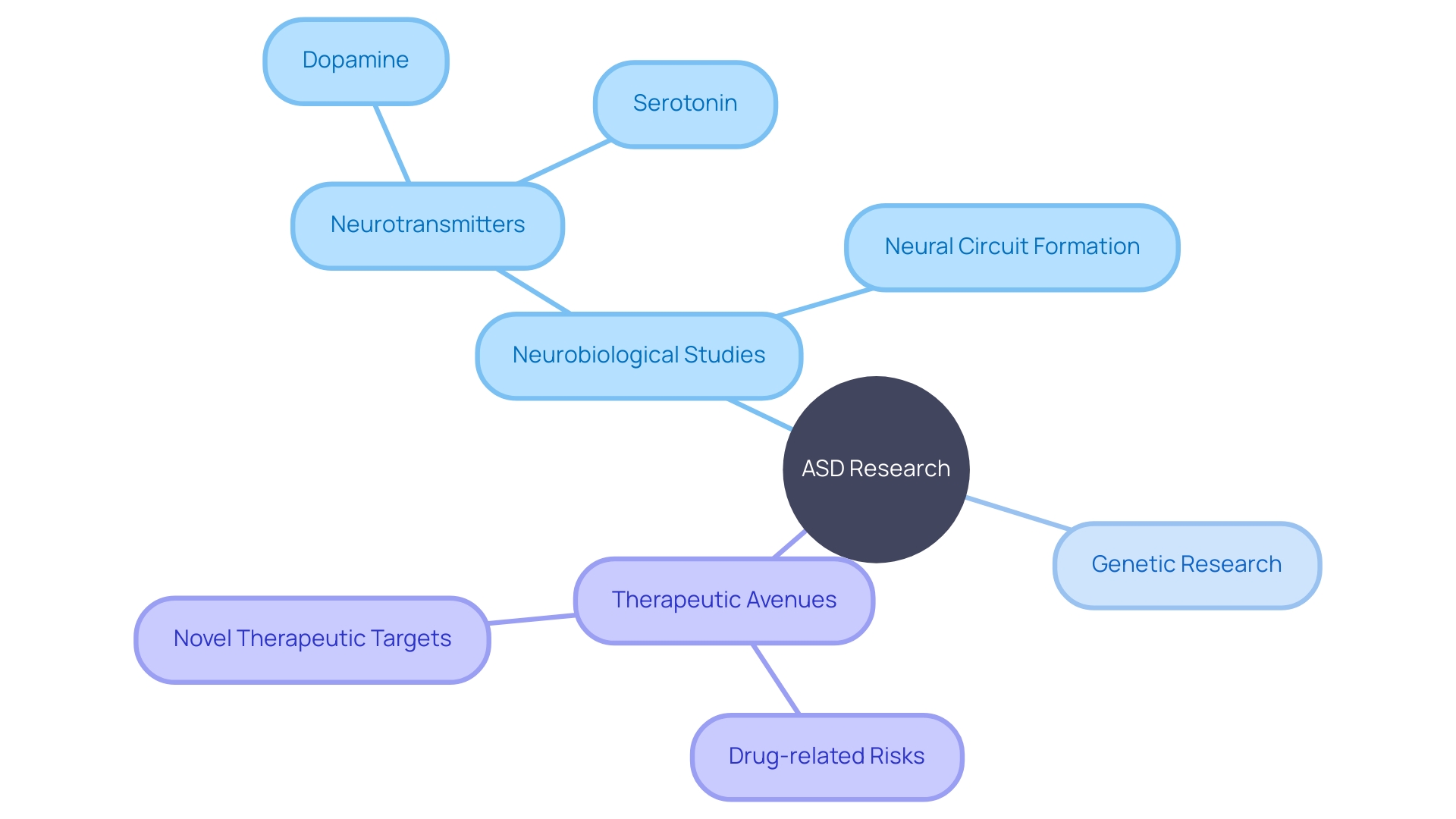
Conclusion
In conclusion, Pervasive Developmental Disorder Not Otherwise Specified (PDD-NOS) presents unique challenges for individuals and their families, but also showcases resilience and potential for growth. Tailored support and interventions, like the National Disability Insurance Scheme in Australia and educational inclusion, are crucial for the well-being of individuals with PDD-NOS.
The evolving diagnostic landscape, including the recognition of Pathological Demand Avoidance (PDA) within the Autism Spectrum Disorder (ASD) framework, highlights the need for a nuanced understanding of each individual's experience. The neurodiversity movement emphasizes recognizing and celebrating the unique identities of neurodivergent individuals.
Understanding the complex characteristics and symptoms of PDD-NOS is essential for effective support. Early intervention and individualized treatment plans optimize outcomes for children with PDD-NOS.
Educational support, including individualized education programs (IEPs), addresses the specific needs of children with PDD-NOS. Inclusive learning environments and resources contribute to their academic success and growth.
Families navigating healthcare and support services face challenges, but accessible healthcare systems and community resources alleviate burdens. Ongoing research in ASD, including PDD-NOS, expands understanding and paves the way for innovative therapies.
As Parent Advocates, your dedication and commitment are commendable. Embracing tailored interventions, advocating for inclusive education, and staying informed empower your children's well-being and success. Remember, you are not alone on this journey.
Together, we create an informed and supportive environment for individuals with PDD-NOS, enabling them to thrive and reach their full potential.




